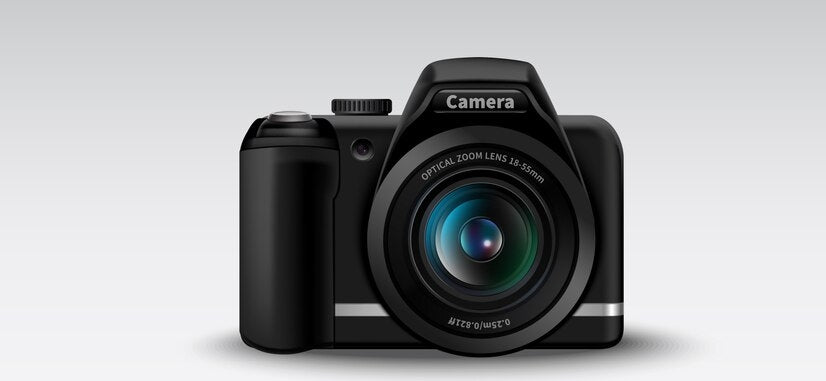Before you dive into taking photos, you need to understand how your equipment works. Learning about the features and mechanics of your camera – whether that’s a point-and-shoot, smartphone, or DSLR – is vital.
Utilizing the Viewfinder and Grid Mode: Harness the power of the viewfinder to strategically compose your photos, and activate grid mode to overlay a helpful planning grid on your screen.
Zooming Considerations: While cautioning against excessive zooming due to potential quality reduction, it's crucial to understand the limitations and advantages of your camera's zoom feature.
Mastering Focus: While most cameras offer autofocus, familiarize yourself with manual focus settings for more control over composition once you've mastered the fundamentals of photography.
Optimizing Color Balance: Adjust color balance settings according to lighting conditions to ensure your photos reflect desired colors.
Aperture Adjustment: Fine-tune aperture settings to gain better control over the light in your images.
Balancing Shutter Speed: Find the sweet spot for shutter speed to avoid dark or blurry images – striking a balance is key.
Understanding Flash: While external light sources are preferred, grasp the basics of your camera's flash functionality.
Unlocking Manual Mode and Additional Modes: Explore modes such as sport, portrait, and landscape for automatic adjustments tailored to your subject. Switching from automatic settings provides greater control over your photography.
Light Balance and Exposure: Prioritize adjusting light balance and exposure settings based on the desired lighting in your photos.
Navigating ISO Sensitivity: Understand the impact of ISO on photo grain and adjust accordingly to achieve desired results.
Interpreting the Histogram: The histogram provides a graphical representation of color values in your camera. Ensure these values align with your vision during the shooting process.
Choosing Between RAW and JPEG: Consider the trade-offs between RAW and JPEG file types regarding memory card space and post-shoot editing capabilities. When shooting in RAW, a larger file type, always have extra memory cards on hand.







